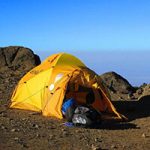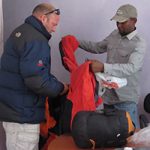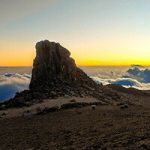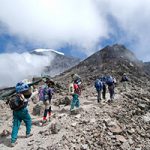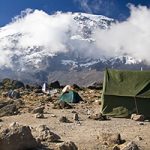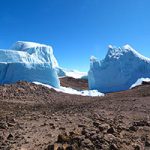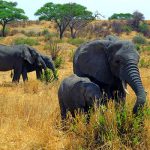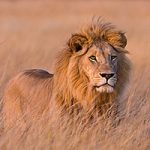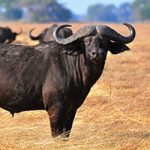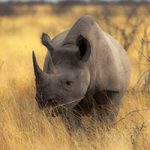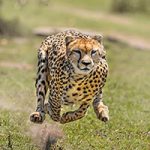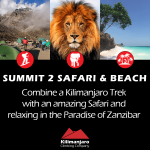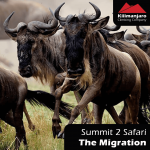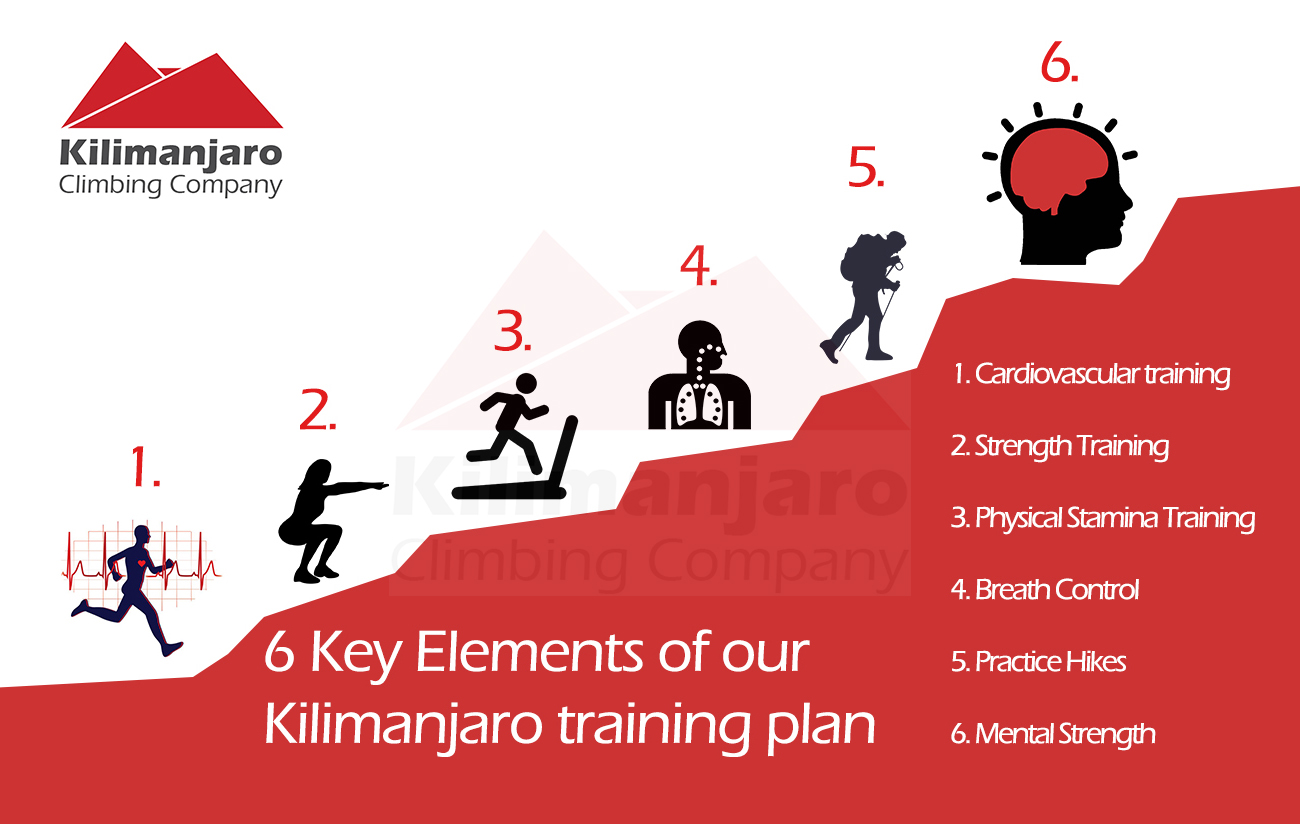How to train for Kilimanjaro
How to train for Kilimanjaro? A question that is asked by almost all our trekkers. Kilimanjaro is a wondrous place; your time ought not to be squandered by pain and animated with complaints. To avoid a hike through the doldrums during your adventure, spend a few weeks preparing for the climb of a lifetime. You, your guides, and your group mates will be thankful.
If you want to have an enjoyable Kilimanjaro trek, then training is essential! Very few people can spontaneously turn up in Tanzania and climb Kilimanjaro without difficulty. But coming up with a Kilimanjaro training plan for this unique experience can be overwhelming:
- How long should you train for?
- What exercises should you include?
- At what frequency?
Although there are general guidelines, in reality, there is no “one size fits all” for a Kilimanjaro training plan. People who decide to climb Kilimanjaro come from all sorts of backgrounds, experience and levels of fitness. You might be living in a city or in the countryside surrounded by mountains. You could be sat in an office or working outdoors – Aside from your physical fitness, where you live and what facilities you have available to you will also determine the training program that will work for you.
Our 6 Key Elements of a Kilimanjaro Training Plan
Climbing Kilimanjaro will probably test your physical and mental stamina like nothing you have done before. To help you prepare for the physical and mental challenges of Kilimanjaro, we believe there are 6 key elements that your training plan should be based on for a successful and enjoyable trek.
- Cardiovascular training
- Strength Training
- Physical Stamina Training
- Breath Control
- Practice Hikes
- Mental Strength
Let’s have a look at each one in detail:
1. Cardiovascular Training
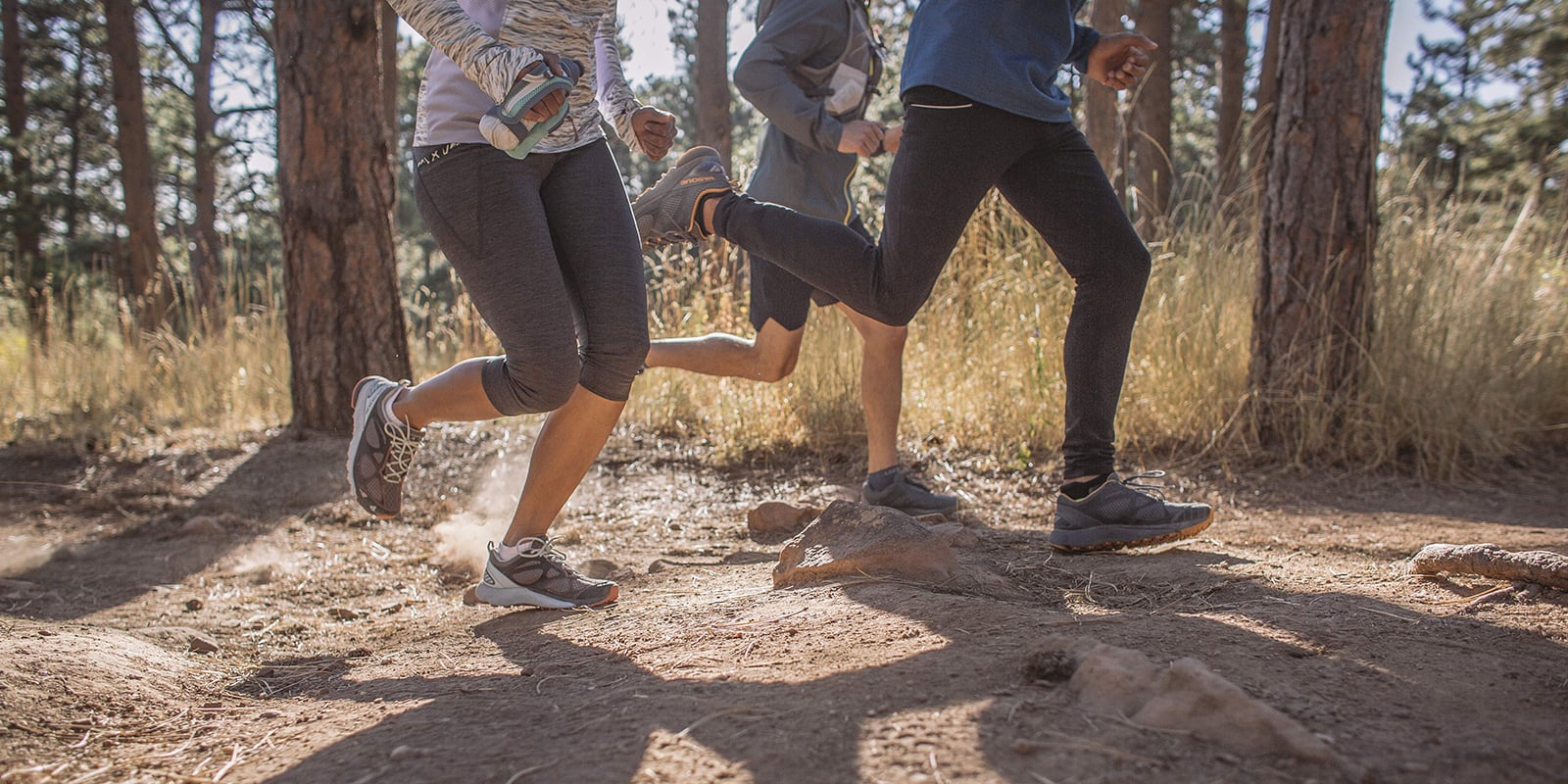

Any exercise that increases your heart rate and increases the strength of your cardiovascular system (heart, circulation, lungs). Run, cycle, swim, or do whatever activity you enjoy that gets the heart rate up.
What is the benefit of cardiovascular training for Kilimanjaro?
In short, cardiovascular training improves the efficiency of oxygen transport in the body. Due to the high altitude and reduced oxygen levels during the ascent of Kilimanjaro, your body is going to fatigue much sooner. By improving your body’s oxygen, you will be able to trek longer and harder
A happy heart = Happy climbing
Just being there is a cardio workout; the more you strengthen your cardiovascular system beforehand, the less strained you will feel. You’ll also reduce your risk of altitude sickness.
Don’t worry, cardio integrity is closely monitored
Twice daily (morning & evening) our guides will measure each trekker’s pulse and oxygen level. If a heart rate is dangerously high or low, that person will immediately descend to lower altitudes.
Examples of cardiovascular training to include are high intensity interval training (HIIT) and running. There are other ways to improve cardiovascular fitness but we recommend focusing on exercises that are functionally similar to trekking.
2. Strength Training


After all, you will be on your feet carrying a daypack for at least 7-8 hours a day. So, in order to trek to 5895m (and back down), you’re going to need a lot of strength in your legs, core, back, shoulders, and upper body.
What is strength training?
Any exercise that increases muscular strength, particularly exercise using resistance.
- Resistance bands
- Dumbbell / Kettle Bell weights
- Body weight
What is the benefit of strength training for Kilimanjaro?
You will need a lot of muscle strength to power you up Kilimanjaro. Your quads, glutes, hamstrings, calves, and ankle stabilizing muscles need to be strong for the trekking. In addition, you’ll need core strength to stabilize you, back and shoulder strength to carry your pack for hours, and general upper body strength for using your trekking poles.
Examples of strength training to include are free weights and body weight exercises.
You should focus on full-body strength training, including lunges, squats, bench presses, push ups, lateral raises, bicep curls, tricep dips, and more.
Don’t forget your upper body!
Building upper body and core strength is also crucial as you’ll not only be standing for hours, but you’ll also be carrying equipment
We recommend the following exercises to strengthen your upper body and core:
- Shoulder presses
- Back and shoulder flyes
- Sit-ups
- Kettle-bell rows / swings
Remember to stretch
Increasing flexibility will allow your body to recover more quickly overnight after trekking all day. No one wants to trek for 7 hours after waking up with stiff joints aching all over!
Be Careful of your technique!!
Exercises done with poor technique will more often than not harm you instead of help you. If you are not familiar with strength training, why not contact us and get a training session with our personal trainer Amy
3. Stamina Training / Endurance Training
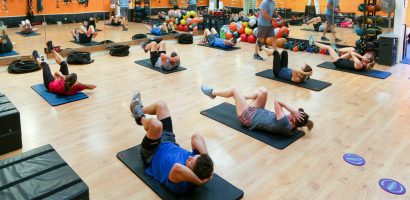

Endurance/ stamina training is actually a distinct skill and equally important for Kilimanjaro training.
What is endurance training?
Any exercise that increases your ability to endure exercise for longer, harder, or faster.
What is the benefit of endurance training for Kilimanjaro?
Your body will be better prepared to not only trek 4-8 hours per day, but 7 -8 days in a row. Endurance is two-fold: General endurance and specific endurance. For example, you can train to cycle for 200 miles, but this won’t necessarily transfer to your ability to endure 200 miles of trekking. That’s why endurance training should focus on functional exercises that are similar to your end goal.
Examples of specific endurance training to include are practice hikes and stair climbing (ascending and descending).
4. Breath Control
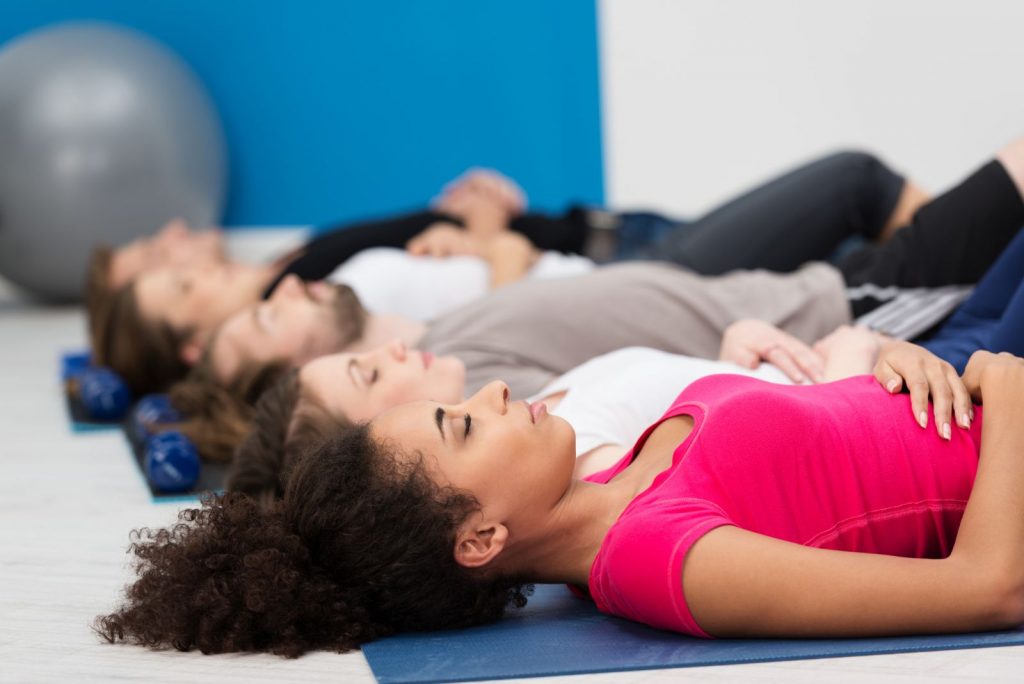

JUST BREATH! Sounds silly but just breathing on Kilimanjaro is a task in itself. Your Kilimanjaro training plan should include breath control.
What is breath control?
Your ability to regulate your breathing – especially diaphragmatic breathing. A deep, controlled breath is the foundation for success.
What is diaphragmatic breathing?
Diaphragmatic breathing is intended to help you use the diaphragm correctly while breathing to:
- Strengthen the diaphragm
- Decrease the work of breathing by slowing your breathing rate
- Decrease oxygen demand
- Use less effort and energy to breathe
How to do a diaphragmatic breath
- Sit or stand in a comfortable position with your back straight and your feet flat on the floor
- Slowly inhale through your nose, counting slowly to 4
- Slowly exhale through the mouth, counting slowly to 6
- That’s it! Repeat several times.
Tips on diaphragmatic breathing
Place one hand on the abdomen and the other on your upper chest. If you do a diaphragmatic breath, you should feel the lower hand on your abdomen move out with the inhalation and in with the exhalation. The top hand on the chest should remain relatively still. If you find it hard to do sitting down, then try lying on the floor.
When exhaling, try to slightly sigh with exhalation as this can provide extra tension relief.
The inhale stimulates the sympathetic nervous system and when you exhale it stimulates the parasympathetic nervous system. So put more emphasis on exhaling a little longer than inhaling.
Put more emphasis on breathing rhythmically rather than deeply.
What is the benefit of breath control training for Kilimanjaro?
Four to Five-second inhales through the nose accompanied by 5-6 second exhales through the mouth are required during the summiting climb and encouraged for the preliminary days. Five minutes of practice a day – standing or lying down – leading up to the trek will make a world of difference.
Improving your breath control will enable you to breathe in a high altitude/low oxygen environment. By increasing your oxygen intake, you’ll be able to trek harder for longer. Breathing deeply into the abdomen distributes plenty of oxygen to the body and also helps to calm the heart rate. Unfortunately, breath control is often overlooked in Kilimanjaro training- but it shouldn’t.
“Pole-Pole” – Swahili for “Slowly-slowly”
This is a phrase that will be with you for the rest of your life! And maybe a lesson you can take away to use in the rest of your life.
In Swahili, it means slowly; take it easy, relax, calm down – basically chill out and walk at a snails pace. When climbing Kilimanjaro, being slow, and steady can mean the difference between reaching the summit or not. It is not a race to the top and your body and guides will let you know. Take your time, enjoy where you are and let your body get acclimatised to the surroundings.
Examples of breath control training
As far as exercise goes, yoga and swimming are the two best methods of improving breath control as both emphasize matching movement with inhales/exhales.
Other than exercise, activities like singing, playing a wind instrument, or just learning diaphragmatic breathing will help.
5. Practice Hikes
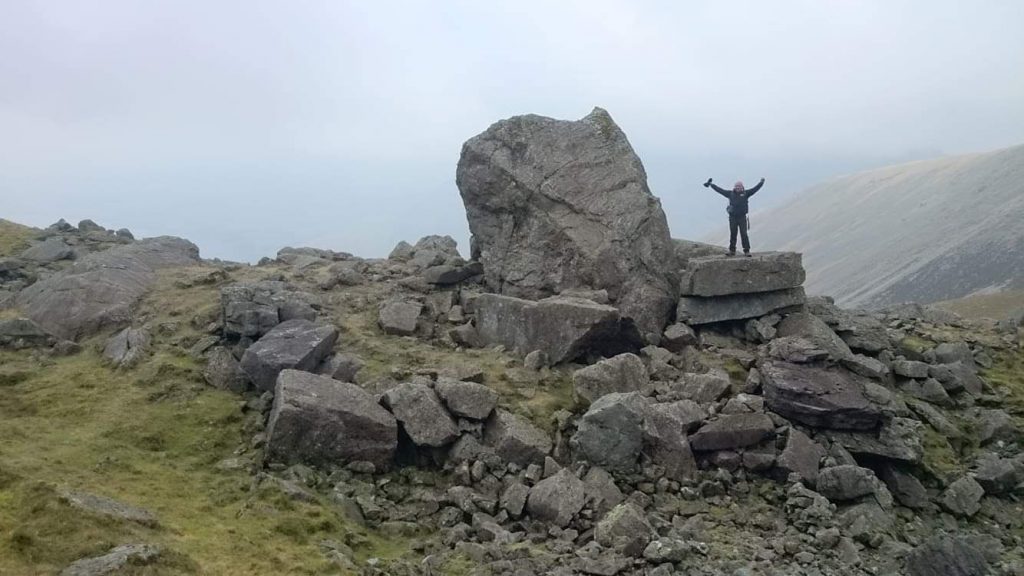

It is true, Kilimanjaro is not a technical mountain, but that does not mean it is not a physically demanding, strenuous climb. The altitude alone increases the difficulty of the journey. The best exercise to prepare for Mount Kilimanjaro is hiking because that is what you will be doing on the mountain.
Practice with your gear
Adding a backpack with some weight in it, wearing hiking boots and trekking socks on your outdoor excursions will help you train as well. If you don’t have a lot of experience hiking, start with some shorter jaunts and build up to longer ones. On Kilimanjaro, you will be hiking 4-6 hours a day and on summit day, 12-14 hours, so you want to condition yourself to handle this level of activity. Endurance is key, so train for duration rather than intensity.
What is the benefit of practice hikes for Kilimanjaro?
Not only will you break in your gear, but you’ll be using the exact muscles you’ll need during the trek.
Try to include weekly hikes throughout training, and consecutive days of tough hikes in your final 2-3 weeks of training.
What sets your Kilimanjaro trek apart is that you will be doing a tough hike – 7 to 8 days in a row. Practicing consecutive hiking will help you build the right muscles and reduce soreness on your actual trek. You may even want to plan a long weekend or a 2-4day getaway in your last few weeks of training, so that you can experience consecutive hiking.
NOTE: Although recommended, practice hikes are not necessary and there are still ways to train without them. Hiking is not accessible to everyone who is training for Kilimanjaro. To help you with this you can have a chat with our personal trainer Amy, to help you develop a personal training plan to suit your needs.
http://kilimanjaroclimbingcompany.com/personal-training-kilimanjaro/
6. Mental Strength


When it comes to climbing Kilimanjaro -especially on summit night, you may not be the most physically fit – but if you have determination and mental stamina – you can do it – and stand on the roof of Africa!
What is mental stamina?
It’s time to dig deep! Determination, confidence, perseverance and the ability to keep going are the things that will get you to the summit
What is the benefit of mental strength for Kilimanjaro?
Climbing Kilimanjaro will push you to your very edge – from freezing nights, lack of showers, unending hills, potential sickness, blisters, and more. Don’t get us wrong… it’s glorious, too. And you’ll want to use the glory and beauty of the mountain to push you all the way.
Motivation and Mantra
Although all your physical endurance training will have helped build your mental stamina, the most powerful thing is something personal that comes from within you. Psychologically and spiritually, you should define your motivation for doing this trek and develop a personal mantra you can repeat to yourself. Once you know your personal why and mantra, you can come back to this in times when you want to quit.
Training style to suit your needs
Although there are general guidelines, in reality, there is no “one size fits all” for a Kilimanjaro training plan. People who decide to climb Kilimanjaro come from all sorts of backgrounds, experience and levels of fitness. You might be living in a city or in the countryside surrounded by mountains. You could be sat in an office or working outdoors – Aside from your physical fitness, where you live and what facilities you have available to you will also determine the training program that will work for you.
One of the main keys to successfully climbing Kilimanjaro is to come physically and mentally prepared. Many of you may find this all very daunting and have no idea of where to start. To help you with this part of your Kilimanjaro preparation, we want to help you individually and develop a training style to suit your needs and be ready for your trek.
Get “Active with Amy” – Introducing Amy Plant – Our personal Fitness Trekking Trainer
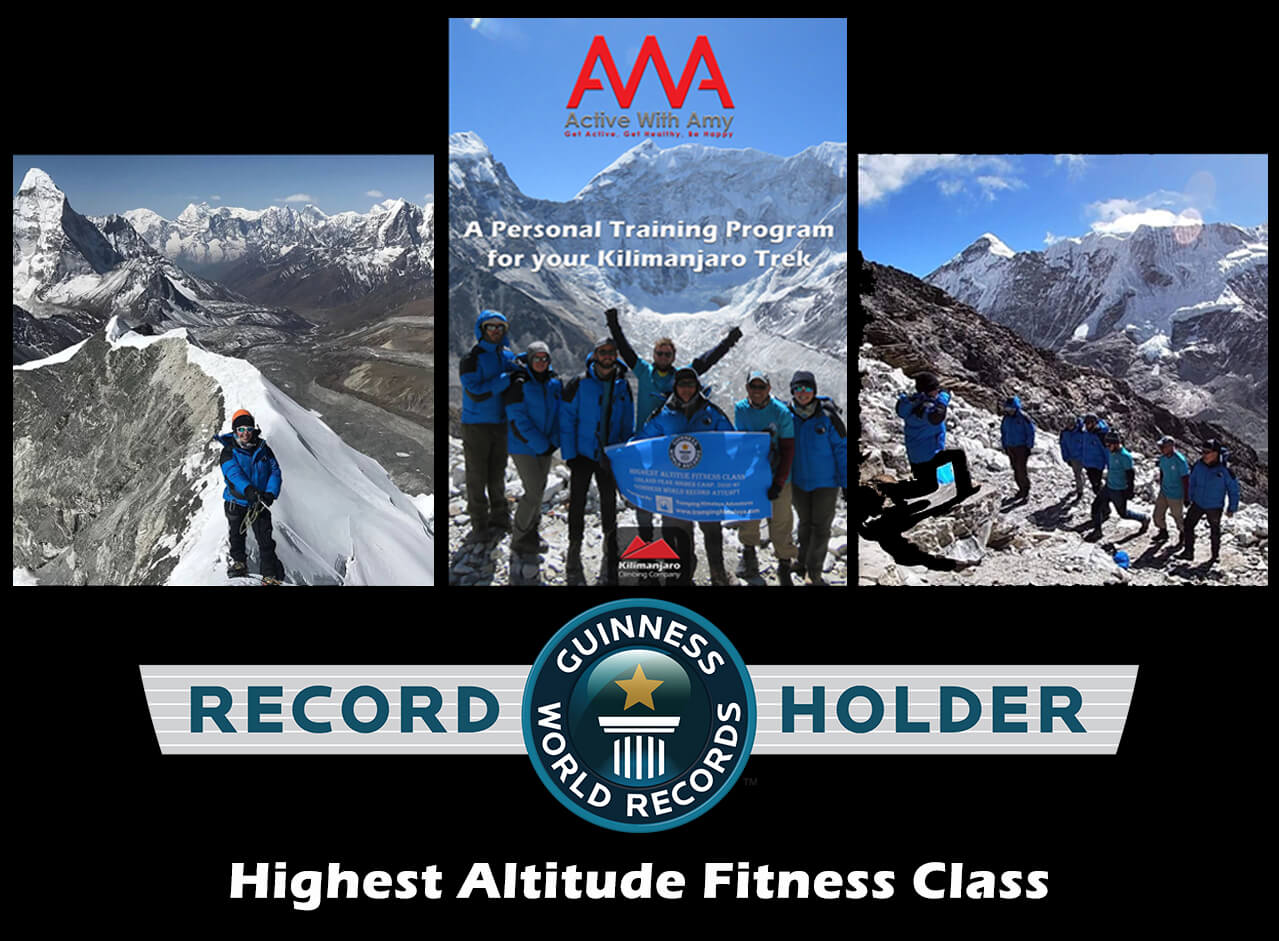

With you every step of the way
Whether remotely via skype or in person, Amy will work closely with you to make sure you are on track and happy with how the program is progressing. We want to help you prepare fully for your Kilimanjaro adventure.
Take the first steps and get in touch


amy@kilimanjaroclimbingcompany.com
+44 (0) 7951837666 or What’sApp on +44 (0) 7951837666
or fill in the form below
GET ACTIVE WITH AMY – PERSONAL TRAINING FOR KILIMANJARO




